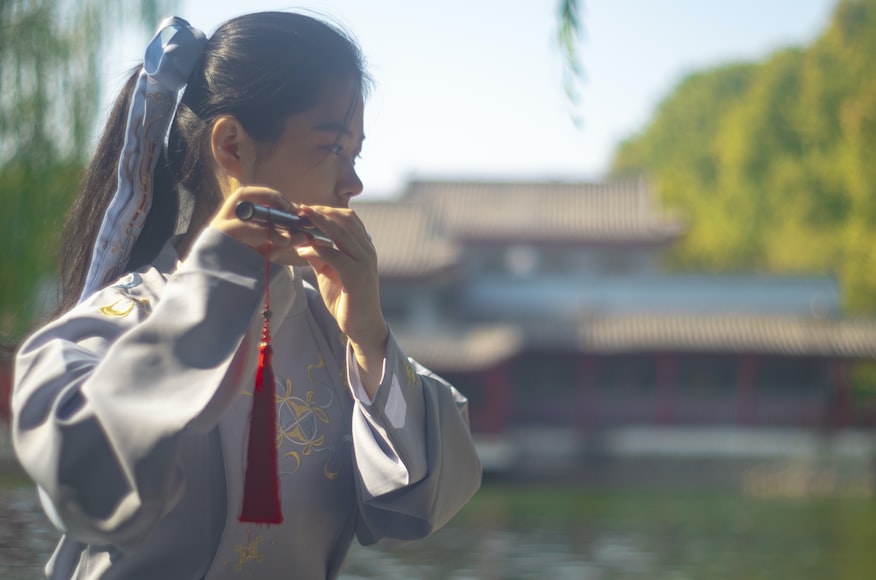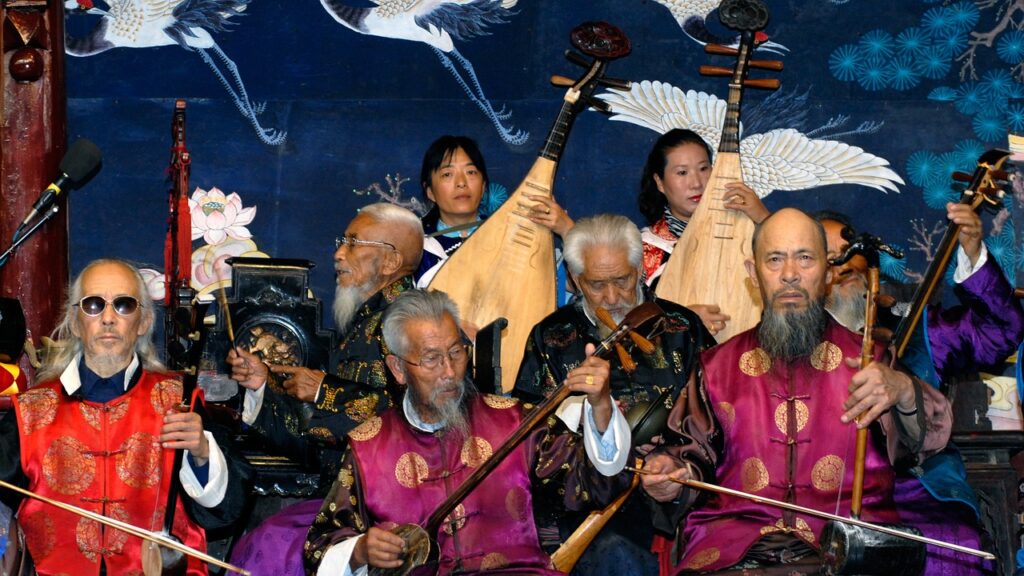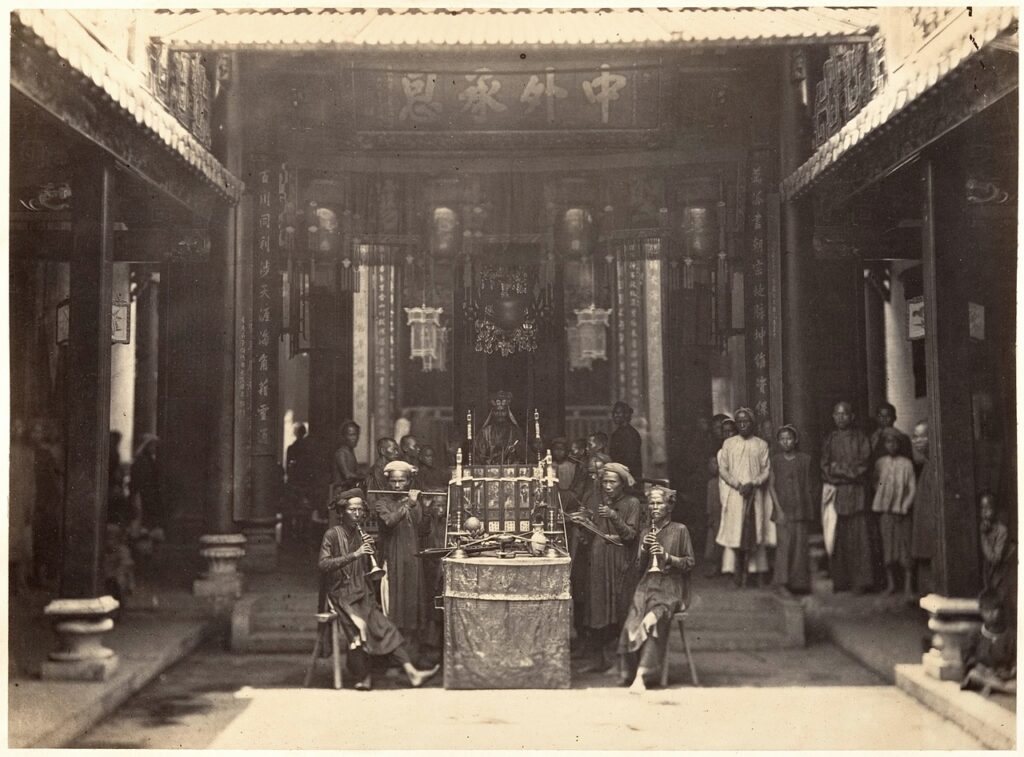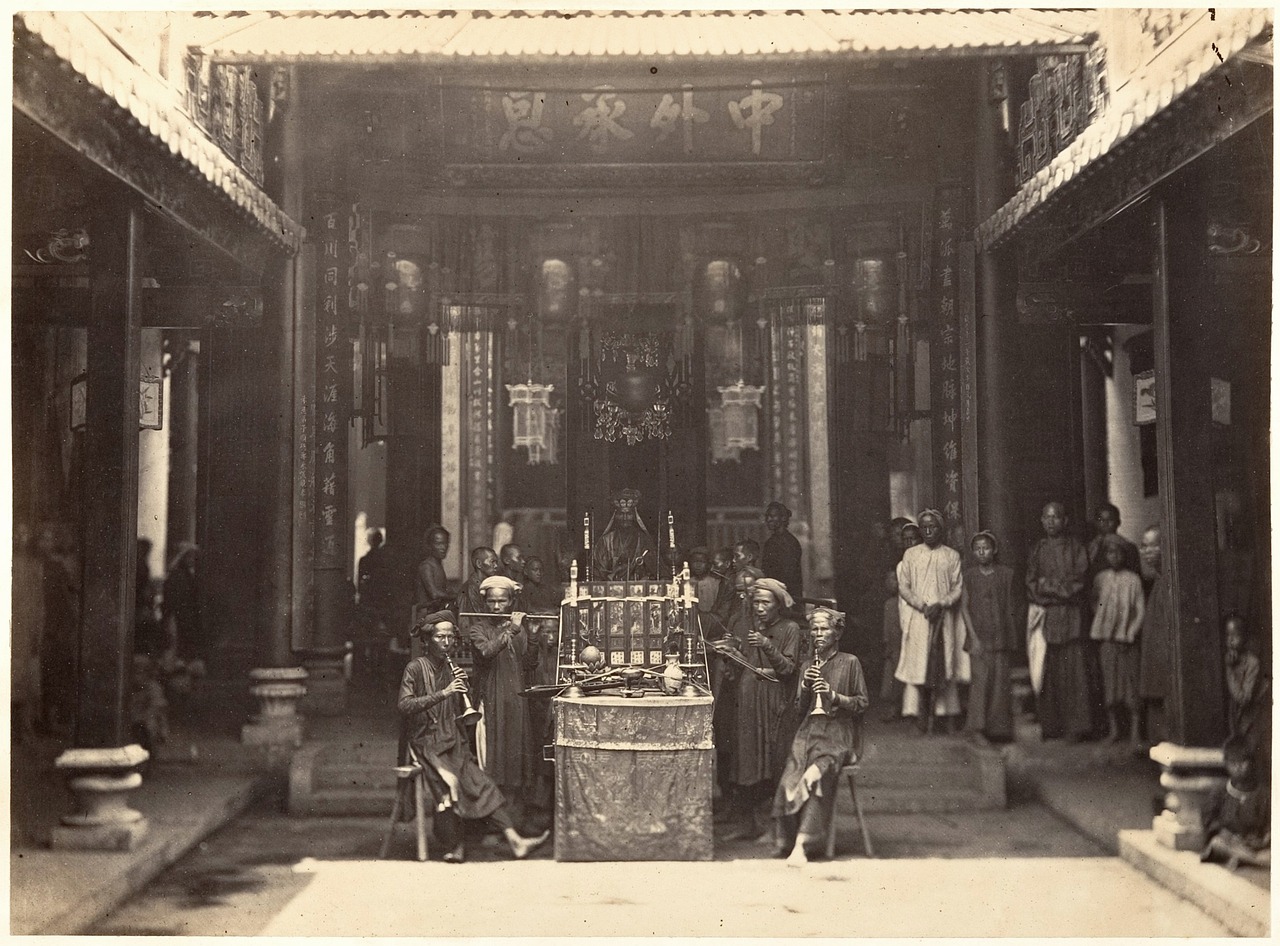Traditional Chinese music has a rich history that spans thousands of years, with its unique melodies and intricate compositions captivating listeners around the world. One of the most enchanting aspects of this musical tradition is its magical and mysterious sound, which has deep cultural roots and reflects the essence of Chinese philosophy, spirituality, and nature. In this article, we will explore the elements that contribute to the captivating sound of traditional Chinese music, including its distinct instruments, pentatonic scale, melodic structures, and evocative techniques. By delving into the essence of this musical tradition, we can gain a deeper appreciation for the beauty and significance of traditional Chinese music.
Traditional Chinese music incorporates a wide range of unique instruments that contribute to its magical and mysterious sound. The most well-known Chinese musical instruments include the erhu, pipa, guzheng, dizi, and sheng. Each instrument has its own distinct timbre and playing techniques, allowing musicians to convey a wide range of emotions and stories. For example, the erhu, a two-stringed bowed instrument, is known for its haunting and expressive sound, while the pipa, a four-stringed plucked instrument, creates a delicate and mesmerizing melody. These instruments, with their ancient origins and cultural significance, play a crucial role in shaping the enchanting sound of traditional Chinese music.
The Pentatonic Scale
One of the defining characteristics of traditional Chinese music is its use of the pentatonic scale. Unlike Western music, which typically employs a seven-note diatonic scale, Chinese music uses a five-note scale. This scale consists of the notes do, re, mi, sol, and la, omitting the half-step intervals found in Western music. The pentatonic scale creates a sense of simplicity and elegance, allowing for melodic patterns that evoke a sense of tranquility and serenity. This scale is deeply rooted in Chinese culture and is believed to have a harmonizing effect on the listener, connecting them to the natural world and the cosmic order.

Melodic Structures and Traditional Chinese Music
In addition to the pentatonic scale, traditional Chinese music employs various melodic structures that add to its magical and mysterious sound. One such structure is the use of ornamentation techniques, such as pitch bends, trills, and slides, which give the music a unique and expressive quality. These techniques allow musicians to infuse their performances with subtle nuances and emotional depth, creating a captivating listening experience. Another important aspect of melodic structure in Chinese music is the concept of “heterophony,” where multiple instruments or voices play variations of the same melody simultaneously. This creates a rich texture and adds to the complexity and depth of the music.

Evocative Techniques in Traditional Chinese Music
Traditional Chinese music is renowned for its ability to evoke vivid imagery and convey emotions through various techniques. For instance, the concept of “yin” and “yang” is often expressed musically through contrasting elements, such as high and low pitches, fast and slow rhythms, and soft and loud dynamics. These contrasts create a sense of balance and harmony, reflecting the Taoist philosophy of seeking equilibrium in all aspects of life. Another evocative technique commonly used in Chinese music is “jinghu,” which refers to the imitation of sounds from nature, such as birdsong, flowing water, or the wind rustling through trees. These techniques transport listeners to different landscapes and evoke a sense of awe and wonder.

Conclusion
The magical and mysterious sound of traditional Chinese music is a testament to the rich cultural heritage and artistic traditions of China. Through its distinct instruments, pentatonic scale, melodic structures, and evocative techniques, this musical tradition captures the essence of Chinese philosophy, spirituality, and nature. The haunting melodies, expressive ornamentation, and evocative techniques create a captivating listening experience that transcends cultural boundaries. Traditional Chinese music has the power to transport listeners to a different time and place, immersing them in the beauty and mystique of ancient China. The captivating sound of traditional Chinese music serves as a reminder of the enduring power of art to touch our souls and connect us to something greater than ourselves.





